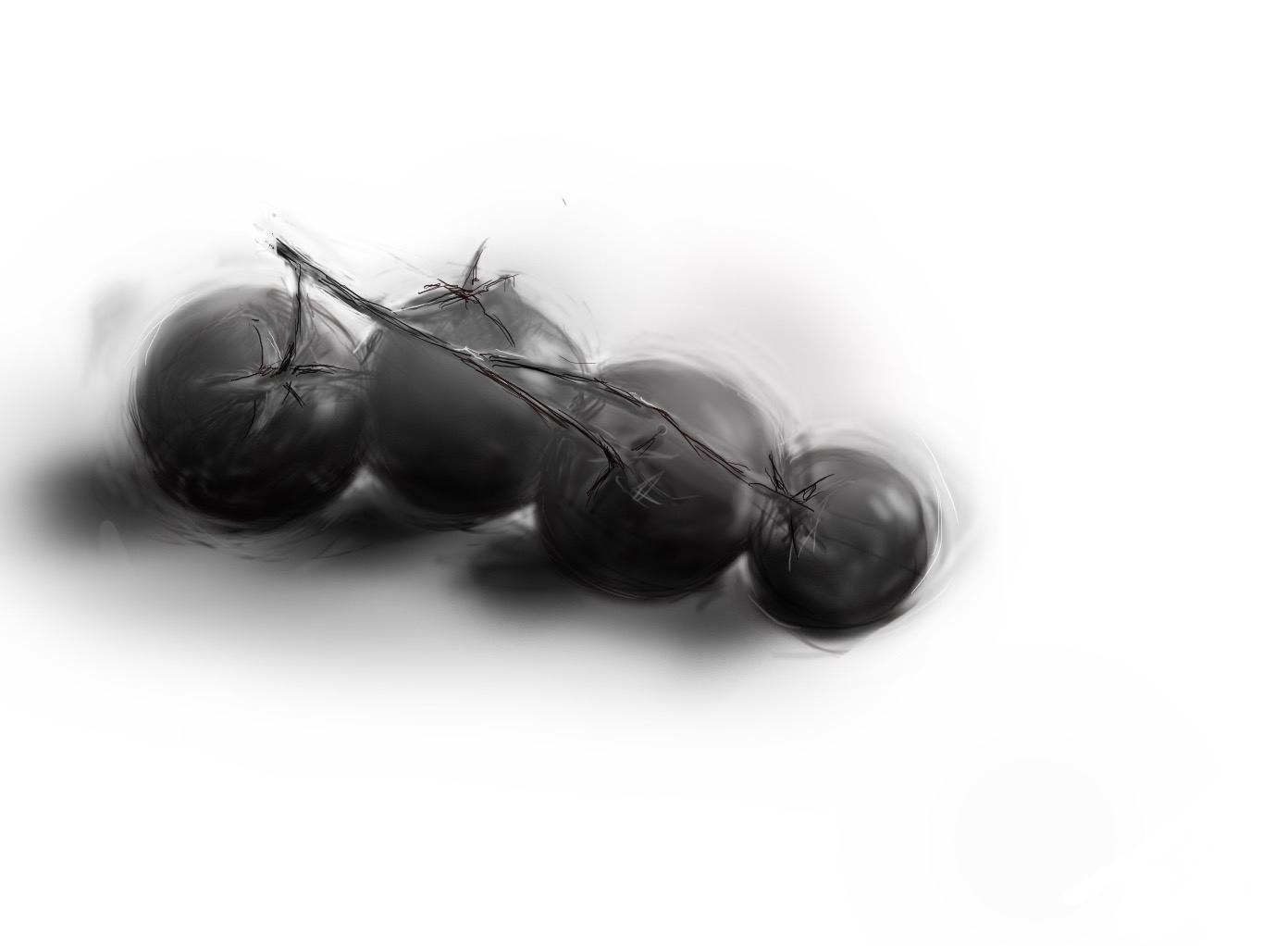The escalation of the virus has coincided with the Vernal Equinox, the immediate prospect of the clocks going backwards (time will be joining the current reality field) and the official commencement of what has already been a wonderful and restorative early spring. There is now more daylight than night; at least we won’t have to endure this crisis in the darkness. We may be experiencing a lockdown, but nature, as Larkin wrote is the final line of The Trees, one of his most celebrated poems, is urging itself to ‘Begin, again, refresh, refresh refresh’. Re-reading it I was struck by the resonance of two lines that appear earlier and now speak to our current situation:
The recent buds relax and spread,
Their greenness is a kind of grief.
All of us are currently experiencing grief of various forms, the actual or prospective loss of loved ones; the loss of regular familiarity and fellowship with those we know; the loss of a sense of order and certainly, the loss of a sense of safety however misplaced, that we previously took for granted. People have always found solace in gardening and growing. Nature follows its own course while our own frequently seems either out of control or stuck. Raising food and flowers from seed allows us to participate in their growth and vitality especially during moments, such as now, when we are questioning our own.
If you have never tried growing vegetables, flowers or herbs before, now, for all sorts of reasons may be the opportune time. No previous experience is necessary. The only tools required are your patience, a little of your time every day or so, some soil or compost and some seeds. If, like many people, you don’t have access to a garden, you will also need something in which to raise and grow your seeds on a window ledge or any similar light-filled space. Growing plants indoors from scratch is perfectly straightforward – don’t let the lack of a garden discourage you. In one of his earliest books Monty Don demonstrated that he had successfully grown carrots in an upturned top hat. (In early editions of this work the author was credited as Montagu Don making this particular publication the Full Monty). Any sort of medium-sized container or vessel will do, all you have to ensure is that the water you feed your seeds is able to drain away. The top of Monty’s hat would have been holey.
By the end of March the gardener’s year gets underway in earnest and the seeds for this year’s season are sewn. In warmer areas seed will now germinate fairly quickly. The most important thing to remember about seeds is that they want to grow; they contain all the information they need to turn themselves into plants. The gardener just has to provide them with the right conditions to get going. These are something to grow in – soil or compost – water, heat and light.
In terms of choosing seeds the only rule to follow is to grow what you would like to eat or look at. Gardening convention rightly states that sunflowers are an excellent flower to choose if you’re introducing children to the concept of growing. They germinate reliably and tracking their progress from seedling to flowering plant is very enjoyable and satisfying for the novice of any age. The long stems and bright leaves of the sunflower are also a very cheering presence Vegetables such as spinach and runner beans are equally straightforward to raise and take up far less space than you might imagine. Beans can be grown successfully in a large container next to your front door. Baby tomatoes, peppers and flat leaf parsley can brighten any windowsill. The growing of squash and pumpkins on top of compost heaps is actively encouraged. Root crops such as carrots and parsnips are best grown in soil, but any small patch of scrub can be dug up and raked over and put to serviceable vegetable-growing use.
Seed suppliers are currently experiencing unsurprisingly high demand, but this shouldn’t stop you from ordering a packet or two of something you’d like to grow. Follow the instructions on the packet closely and watch your seedlings flourish under your care; to do so is one of the most satisfying feelings in the world. Sowing seeds provides you with an immediate means of slowing down during this strange time and allows you to absorb yourself in a rewarding, everyday biology. By the time it comes to harvest you will have grown you own food or flowers and learnt the strange seed-growing lexicon of ‘pricking out’, ‘potting on’ and ‘hardening off’, the phrases of a contended grower, one who has uncovered some secrets about themselves while immersed in the secret, joyful, contented life of plants.

Five Easy Seeds
Courgette: ‘Defender’ – as the name suggests, something of a reliable warhorse courgette. Heavy cropper, harvest when young.
Runner Bean: ‘Scarlet Emperor’ – the most popular runner; an allotment classic. You should really wear braces when picking its long, tender beans.
Zinnia: ‘California Giant’ – Zinnias are related to Sunflowers. Easy to raise once the weather warms up in May. Their colours have a nice psychedelic, consciousness raising presence in any garden or tub.
Tomato: ‘Tumbling Jester’ – a baby tomato variety. Easily grown on a window sill; a couple of plants will keep you in tomatoes from August to the end of September.
Spinach: ‘Renegade’ – spinach is really easy to grow, although it’s important to keep the plants watered as they will bolt. You can eat the leaves straight from the stem. A vivid green, spinach is vitality in leafy vegetable form.

Thank you to Peter Turner, Southerndown, Wales for the image above
